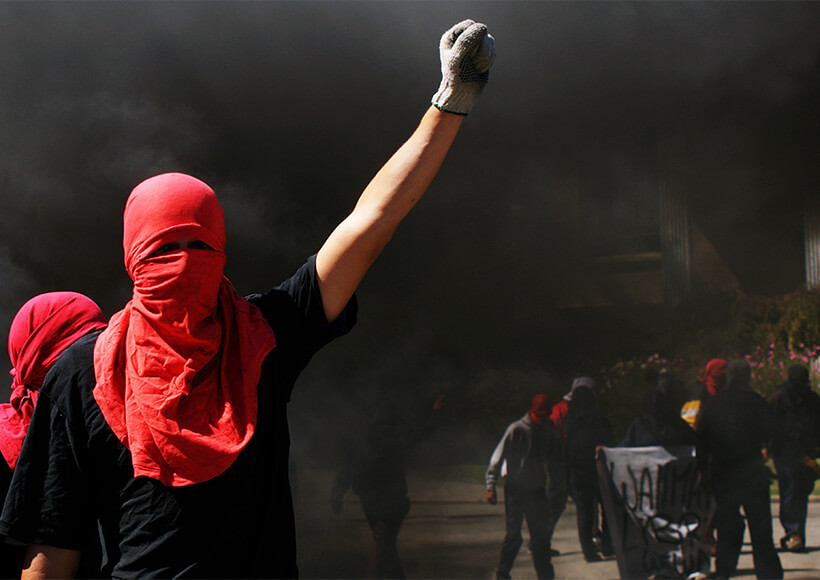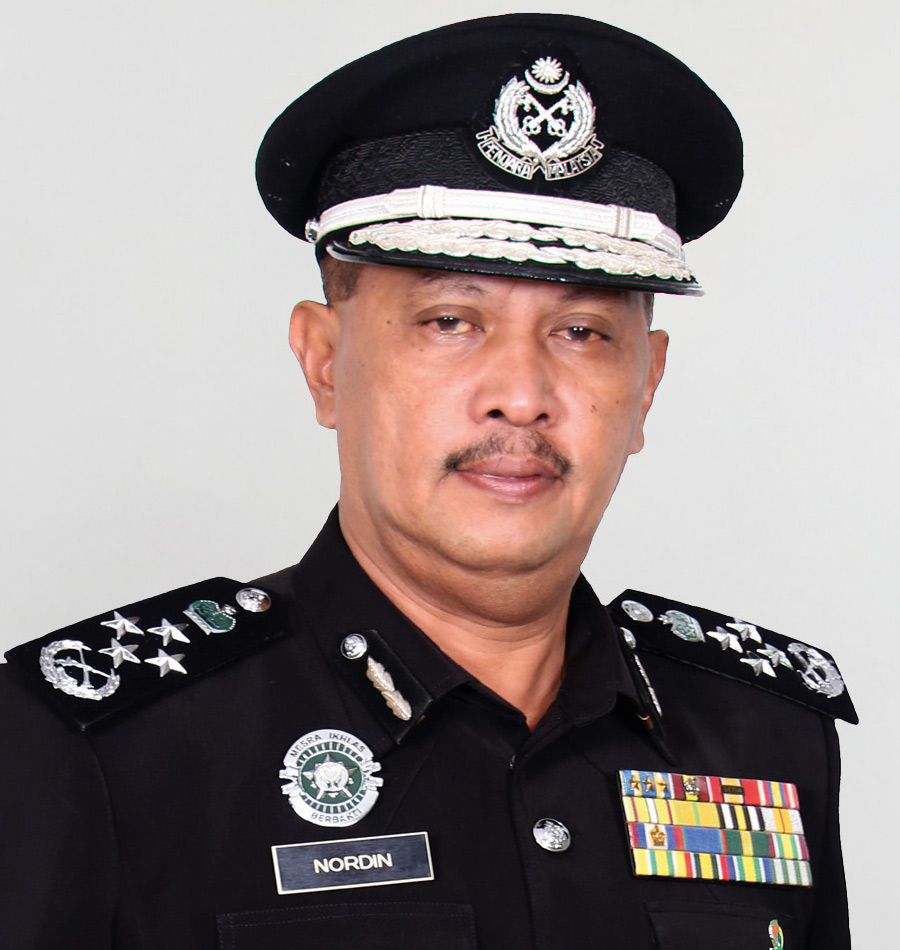The aim of this paper is to argue that a sustainable approach to deradicalisation must take on board both personal and societal circumstances while paying attention to agency, structural and situational factors.
In order to do so, the paper will review the literature on how people become radicalised, why they stay in the radical networks and how they eventually decide to leave this lifestyle. Apart from the literature on deradicalisation, the paper will draw heavily on the lived experience of those who took part in the phenomenon. Hence, to illustrate certain points, the experience of Mr Maajid Nawaz will be mentioned in particular.
Why do some people become and remain radicals?
One of the most comprehensive and empirically supported theories of becoming radical is the so-called ‘3Ns’ theory developed by Webber and Kruglanski (2017). The theory is also known as the significance quest theory. In brief, it argues that there are three main categories of factors that contribute to the radicalisation process: needs, narratives and networks.
In many cases, people become radicalised when they experience the ‘loss of significance’ – the loss of their own relevance and importance to the other members of society. This process usually involves experiences such as discrimination, humiliation, injustice, shame and so on. This loss of significance demands a cognitive closure that terrorism can offer. In other words, terrorism can be defined as a significance gain.
Narratives are essential in justifying violence. Moreover, certain radical narratives make violence not only justifiable but necessary. In most cases the narratives are delegitimizing the targets: dehumanizing, outcasting groups, defining them as enemies, etc.
Networks are important for the consensual validation of the narratives. These networks are most often small groups that are very effective in producing so-called ‘fused identities’. Fused identities are those identities that are one with the group identity. Usually, this is how strong in-group bonds are explained.
This theory was confirmed also by successive studies and theories. Precht (2007), for instance, suggests that the process of becoming a radical starts with some background factors – such as personal issues with religion, identity, discrimination, etc. – continues with some trigger factors – such as the existence of mentors or charismatic leaders or dramatic events – and culminates with access to radical networks. Borum (2011) also mentioned predisposing life experiences as one of the most important elements of a radical career.
In his book (2013), Maajid Nawaz – a former Islamist – tells many stories about racism (e.g. being called ‘Paki’, being asked to eat pork sausages, etc.) and harassment from the Combat 18 gang. He even witnessed one man being killed in front of him while defending Maajid Nawaz from the ‘Mikey’s gang’, in England.
Why do some people decide to leave the radical networks?
Many people decide to voluntarily leave the radical networks for many reasons. Altier et al. (2014) divide them into two categories: push factors (e.g. negative social sanctions, losing faith in the group ideology, losing status, exhaustion, etc.) and pull factors (e.g. desire for a normal life, maturation, wanting a different future, new priorities – family, children, etc.).
An interesting study based on 22 former terrorists discovered that disillusionment with the leadership or with the group members, burnout and excessive violence are some of the most important factors contributing to the motivation of people to leave (Barrelle, 2014). Based on these observations, Barrelle (2014) put forward the so-called pro-integration model where social relations, coping and action orientation are the main pillars of interventions.
In many ways, these processes applied also to Maajid Nawaz. Soon after he engaged in recruitment, in Pakistan and Egypt, he started to be disappointed with the organisation and its leaders. He said: ‘I started to feel old in my soul and in my eyes’.
After he was arrested in Egypt, he met reformed people and also people from Amnesty International and Fair Trials International who treated him as a citizen with rights. Increasingly, he understood that the others are also humans and there is no real justification for violence.
He understood that social injustice can be challenged with socially acceptable means. He set up his own organisation – Quilliam – and a political party in Pakistan – Khludi – to fight extremism. More on his work can be found on YouTube, TED Talks, Newsnight and so on.
Discussion
Looking at the existent programmes available in Europe that deal with deradicalisation and disengagement, one can note that most of them are focused on the individual and how s/he can be transformed from an enemy to a docile citizen.
In most cases, the focus of interventions is placed on a cognitive or ideological component or on how the individual finds his place back into society. Back on Track – one of the most well-known disengagement programmes in Europe – was created in 2012 by the Danish Prison and Probation service to deal with gang members but also with the radicalised offenders.
Its main component is mentoring: specially selected and trained mentors accompany former violent extremists in order to help them handle everyday situations, problems and conflicts.
Entre – a Swedish programme developed by the Prison and Probation Service – is a one-to-one programme, based on the cognitive behavioural and problem-solving theories, designed to help violent extremists to leave terrorist networks and resort to the use of violence.
Healthy Identity Intervention (HII) is a programme developed in England and Wales to work with former terrorists. Its main focus is identity while also paying attention to motivations, attitudes and values that support violence.
While all these components are important in challenging violent behaviour, it seems that the societal dimension that is stressed in the scientific and memorialistic literature is severely downplayed. The street and the schools are usually the main arenas where first experiences of discrimination, humiliation and racism are taking place, pushing some people towards the margins of the society. Intolerance and right-wing ideologies that are growing across Europe are also part of the problem.
The modern and post-modern society is built in such a way that each institution deals with certain issues. Prisons are dealing with prisoners while in prison. Schools are dealing with students while they are in school. The police are mainly dealing with wrongdoers.
Probation is dealing with those sentenced to alternatives to prison or released from prisons, and so on. But who has the overall responsibility for what is happening in the streets? Who can lead in the fight against intolerance and discrimination? Who can make our communities more inclusive and humane?
In the absence of the answers, each agency will continue to do its best within its limited mandate while neglecting the bigger picture: no exit programme for former violent extremists will work effectively if the community and societal components are not factored in!
That is why we need a comprehensive policy and practice that places the individual at the centre of personal, familial, community and societal circles. Governments and local authorities will have to take systematic actions towards this aim while engaging constructively with mainstream and marginalised social groups.
References
Barrelle, K. (2014) Pro-integration: disengagement from the life after extremism. Behavioral Sciences of Terrorism and Political Aggression. DOI: 10.1080/19434472.2014.988165
Borum, R. (2011) Rethinking radicalization. Journal of Strategic Security, 4(4): 1-6
Nawaz, M. (2013) Radical: My Journey out of Islamist Extremism. Lyons Press.
Precht, T. (2007) Home grown terrorism and Islamist radicalization in Europe. From conversation to terrorism. Available here.
Weber, D. and Kruglanski, A.W. (2017) ‘Psychological Factors in Radicalization: a 3Ns Approach’ In Gary LaFree and Joshua D. Freilich (eds) The handbook of the criminology of terrorism. Wiley Blackwell.
//
Dr Ioan Durnescu is a professor at the University of Bucharest, where he teaches and conducts research related to the field of prisons and probation. His special areas of interest are comparative probation and rehabilitation. Whilst active in developmental work in several Eastern European countries, he’s also the co-editor of the books Understanding Penal Practice (Routledge, 2014), and Probation in Europe (Wolf Legal Publishers, 2008). He serves as co-editor in the European Journal of Probation.
Advertisement




